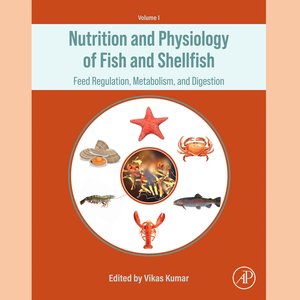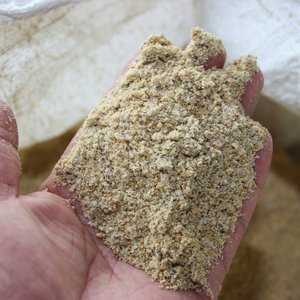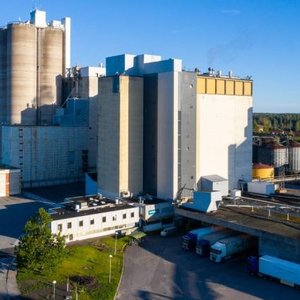Two new reports on the economic performance of the EU aquaculture sector are now available .
Using DCF and FAO data, it has been estimated that the aquaculture sector production in the EU-27 accounted for 1.32 million tonnes, with a turnover estimated at 3.99 billion Euros, in 2011. Spain, with 21% of the total EU production in volume, is the largest aquaculture producer in the EU, followed by France (18%), United Kingdom (14%), Italy (13%) and Greece (11%). These five countries account for more than 75% of the total EU aquaculture production in weight. In terms of value, the United Kingdom is the largest EU producer with 20% of the total EU aquaculture, followed by France (19%), Greece (15%), Spain (12%), and Italy (10%). These five countries are also responsible for more than 3/4 of all the EU aquaculture value.
Aquaculture production by the 28 European Union Member States (EU-28) reached 1.28 million tonnes and 3.51 billion Euros in 2011 according to FAO.
KEY FINDINGS
Aquaculture production by the 28 European Union Member States (EU-28) reached 1.28 million tonnes and 3.51 billion Euros in 2011 according to FAO. Volume and value of sales reached 1.35 million tonnes and 4.02 billion Euros in 2011 (DCF).
EU aquaculture production is mainly concentrated in 5 countries: France, Greece, Italy, Spain and United Kingdom, making up 77% in volume and 76% in value of EU totals.
Production in value increased by 8% while production has been stable (decreased by -0.3%) compared to 2010, according to FAO data.
Price falls of 2008/2009 during the economic crisis forced inefficient firms out of business and lead to mergers and acquisitions resulting in a more efficient industry which is now showing a strong recovery.
Vertical integration into the processing industry has, in some Member States, helped strengthen profits and add value to fish products often through smoking or packaging.
Almost 90% of the companies in the sector are micro-enterprises. Employment decreased by 5 to 10% to reach more than 80,000 people. There is an important significance of part-time labor. Female employment made up 29% of EU aquaculture employment and 23% of total FTE.
Profitability for the EU aquaculture sector was also positive in 2011 (ROI was 10% and EBIT margin 13%), confirming the recovery of the sector already registered in 2010.
The major cost items are feed (31%), livestock (18%), other operational costs (18%) and labor costs (15%) of the total costs. However, there are important variations by sector.
The future evolution of the EU aquaculture sector is uncertain due to the following 3 factors hindering the full potential of the EU aquaculture sector: fierce foreign competition that brings market prices down, high labour and capital costs and administrative burdens that slow down investments in the sector.
There is evidence that the market for farmed fish and shellfish products is capable of continuing the expansion it has shown in the last twenty-five years and that newer products from some of the more traditional wild species could be a source of expansion.
Download the report and summary from the website of the Scientific, Technical and Economic Committee for Fisheries (STECF) from the links below:
The Economic Performance Report on the EU Aquaculture sector (STECF-13-29). 2013 (PDF) [This is a large file - slow download]
Summary of the 2013 Economic Performance Report on the EU Aquaculture sector (STECF-13-30). 2013 (PDF)







